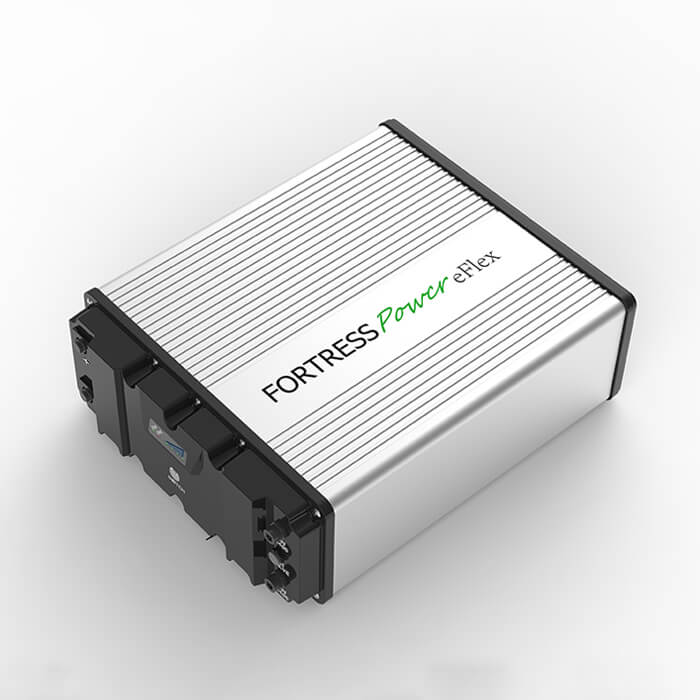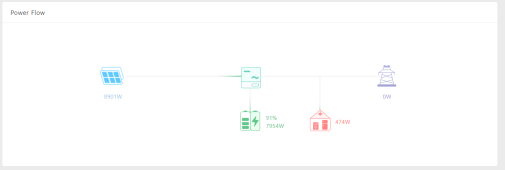If you attempt to compute gas mileage of your car by driving from when the gauge shows 3/4 full down to 1/4 full, then you add 4 gallons and it reads 1/2 full ...
you'll have absolutely no idea how accurate the measurements are.
If you top off the tank, drive some miles, add a measured amount of fuel, drive some more miles, measure how much fuel to top off ...
Then you'll have a very accurate calculation of gas mileage (assuming no fraudulently calibrated gas pumps.)
The only time SoC of or battery is sure to be accurate is when it is returned to a resting voltage of around 3.5V or so per cell. Anywhere between about 10% and 90%, you have no idea actual SoC unless input and output current is accurately measured. Shunt properly calibrated, it might be. I'm guessing your SoC reports are off.
I just received the following from Fortress:
As per recent troubleshoots, we have identified that the Modbus (RS485) communication protocol in our installed systems have showed instability with Fortress batteries. We have overcome this issue by shifting the communication protocol to CAN bus.
While the system is in Modbus protocol, due to the inconsistent exchange of information between battery and inverter have caused irregular charging and discharging cycle. We would like you to follow the guide to set the system in open loop configuration and remove the communication cable between the inverter and the battery.
Open-Loop Settings - Fortress Power.
*The SOC % is a calculated value directly from the voltages of the battery, if sol-ark reads the wrong voltage due to communication issue. It's showing wrong SOC on the sol-ark screen*
We are temporarily setting the system in open loop system, until we are ready to set up in closed loop CAN communication protocol. In order to shift to CAN protocol, you would need to update the battery firmware on each one of them, as well as need a new modified cable plugged between battery and inverter. I will ship out a CAN tool (required to update the battery firmware) and modified cable.
You can find the latest firmware and instruction on this page,
Firmware - Fortress Power. Once you have the CAN tool, we can schedule a remote session help you guide update the firmware on the BMS of the battery.
Once we have successfully updated the firmware, we can follow the closed loop communication protocol guide
eFlex CANbus Communication - Fortress Power





